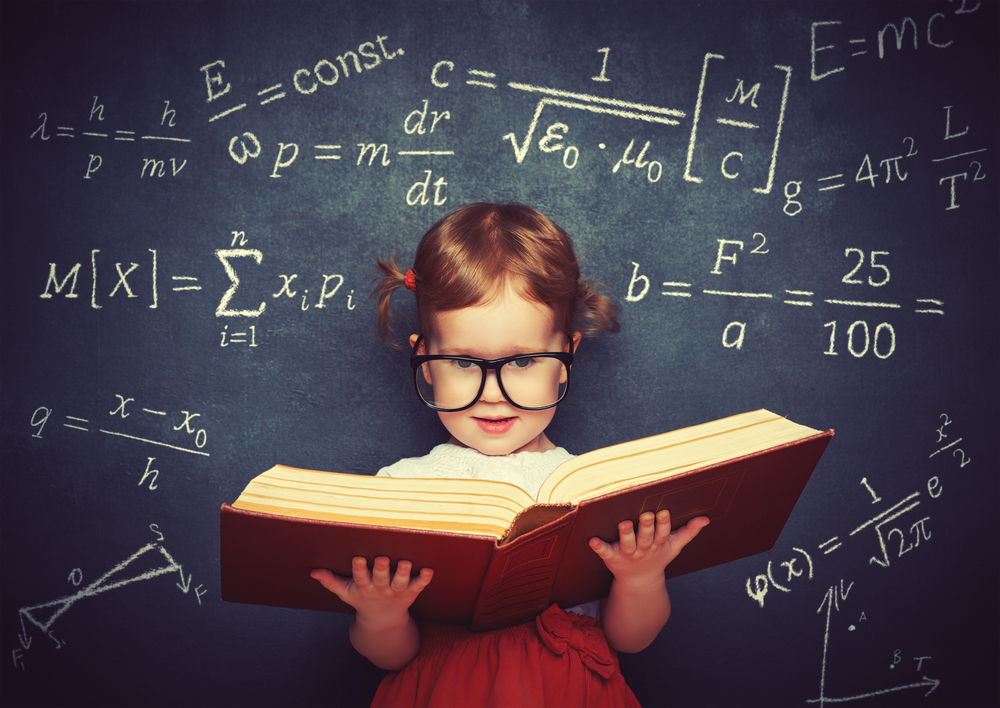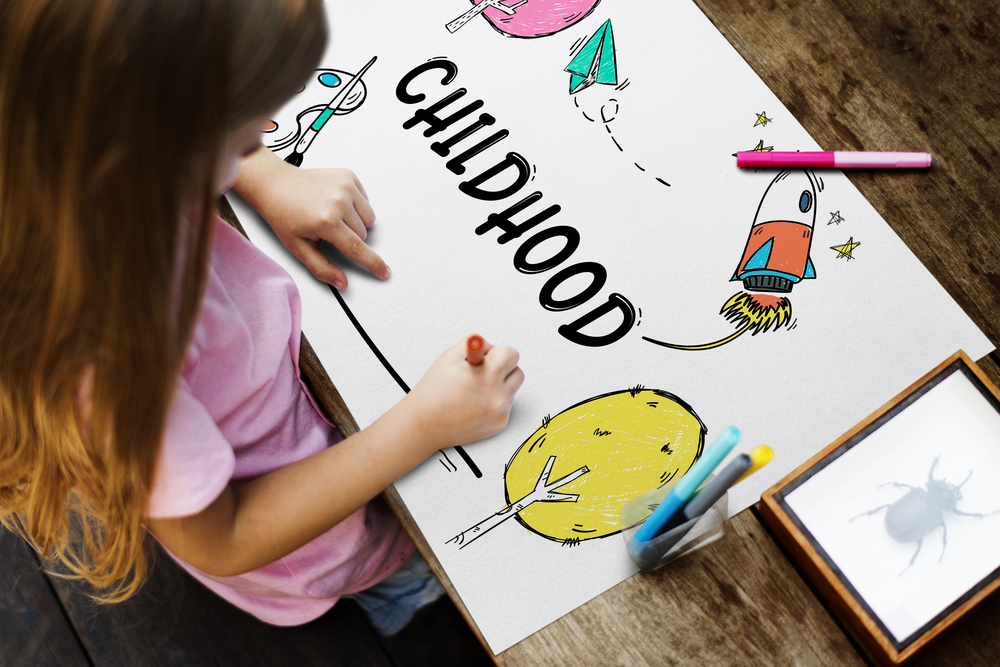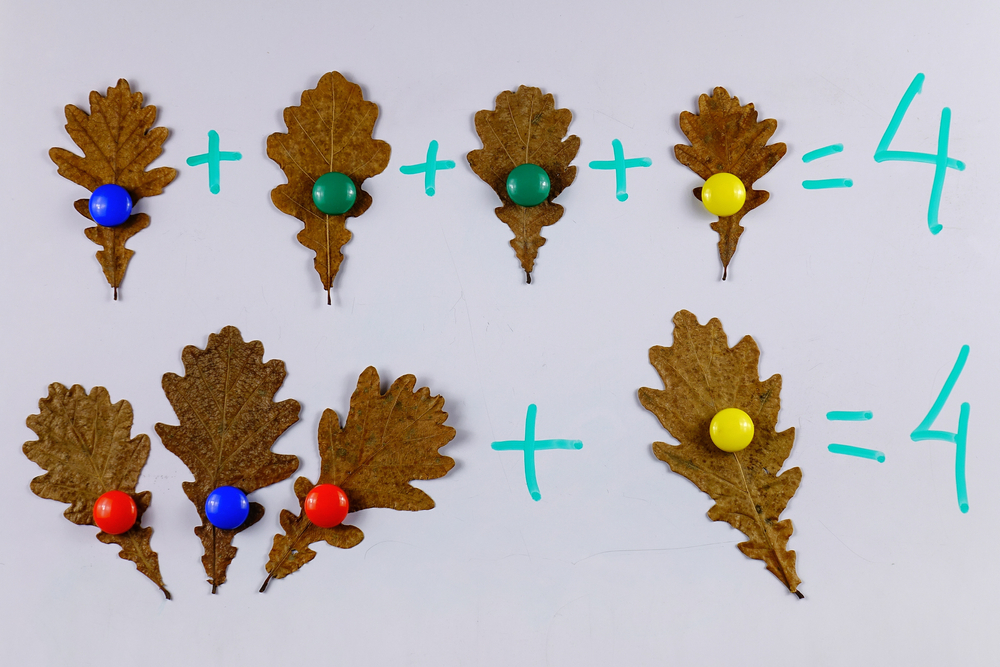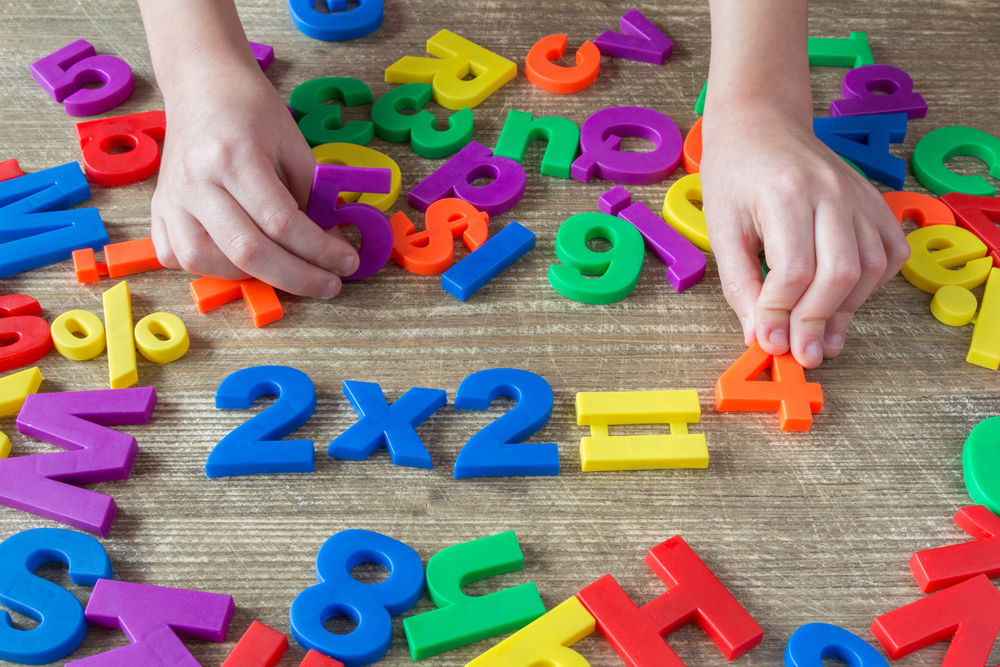Story sequencing Normal Worksheets for 5-Year-Olds
8 filtered results
-
From - To
Enhance your 5-year-old’s storytelling skills with our Story Sequencing Normal Worksheets! Designed to support early literacy development, these engaging worksheets help children learn to organize events in a logical order. Kids will enjoy matching illustrations and completing narratives, fostering critical thinking and comprehension. Our vibrant, easy-to-follow activities are perfect for home or classroom use, encouraging creative expression while reinforcing understanding of story structure. With these worksheets, children will not only build their sequencing skills but also boost their confidence in storytelling. Download our captivating story sequencing worksheets today to make learning fun and interactive for your young storytellers!
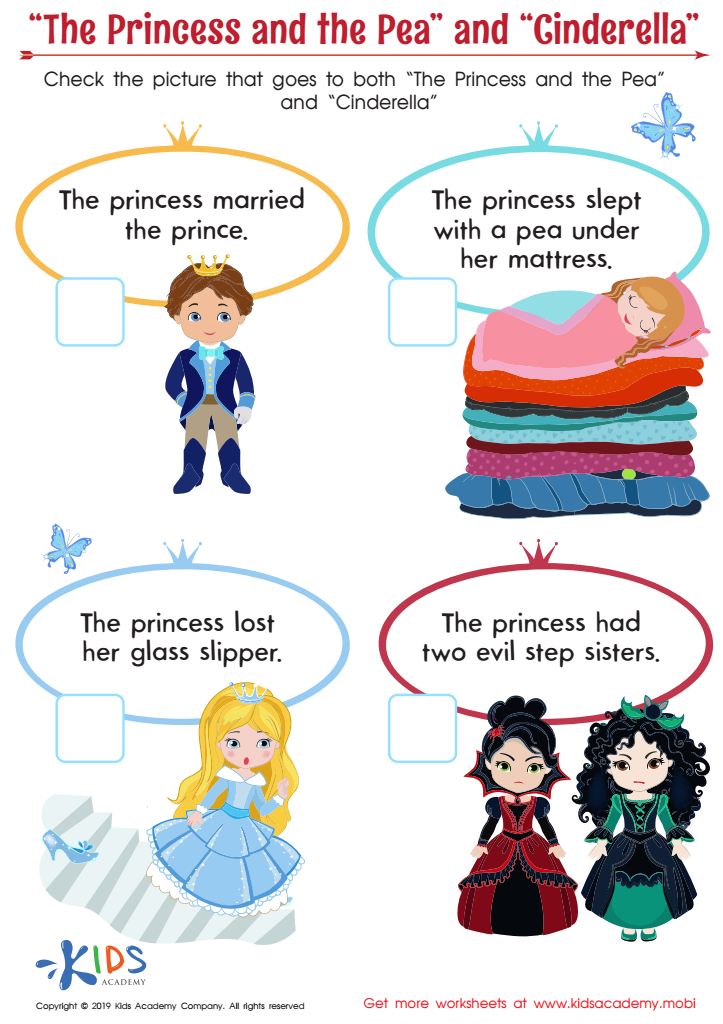

“The Princess and the Pea” and “Cinderella” Worksheet
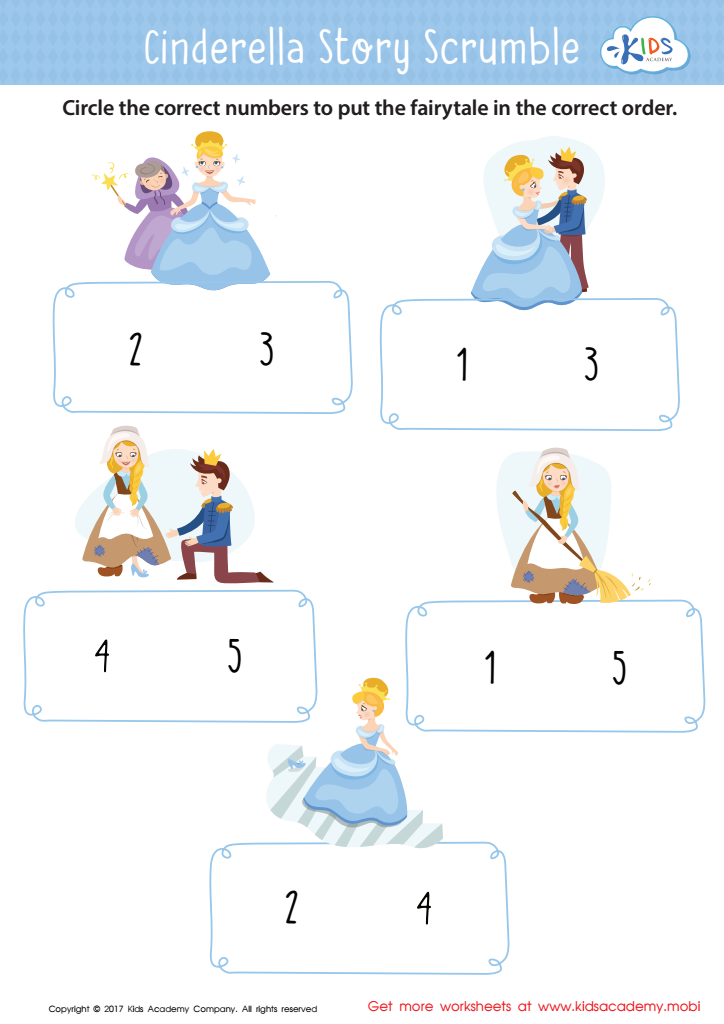

Cinderella Story Sequencing Worksheet


Picture in Books Worksheet
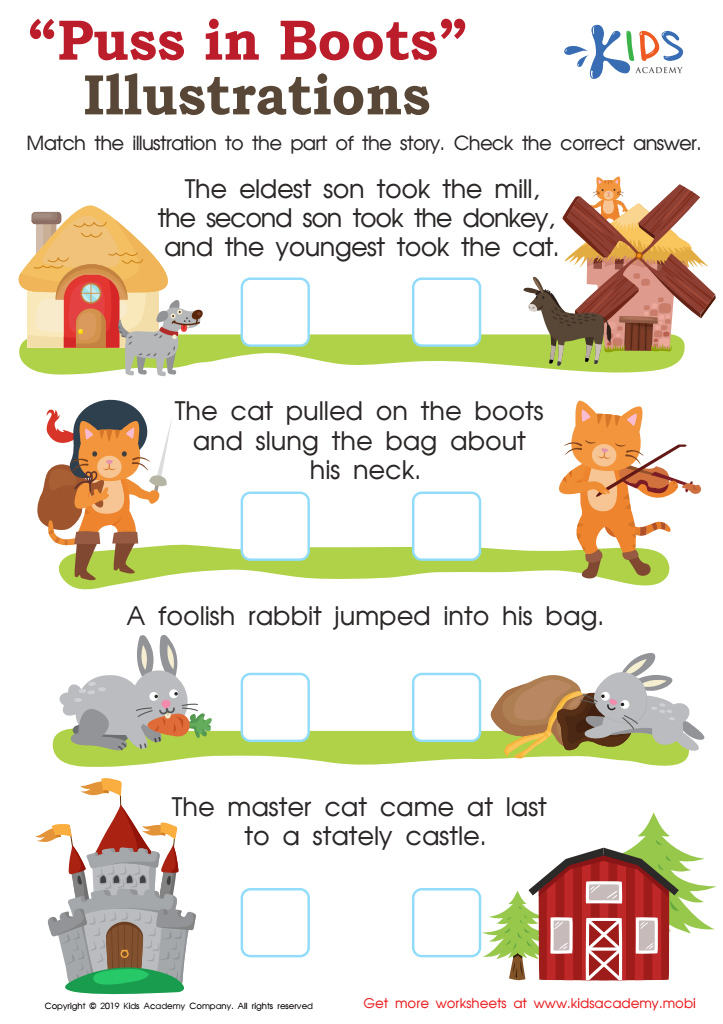

Puss in Boots Illustrations Worksheet
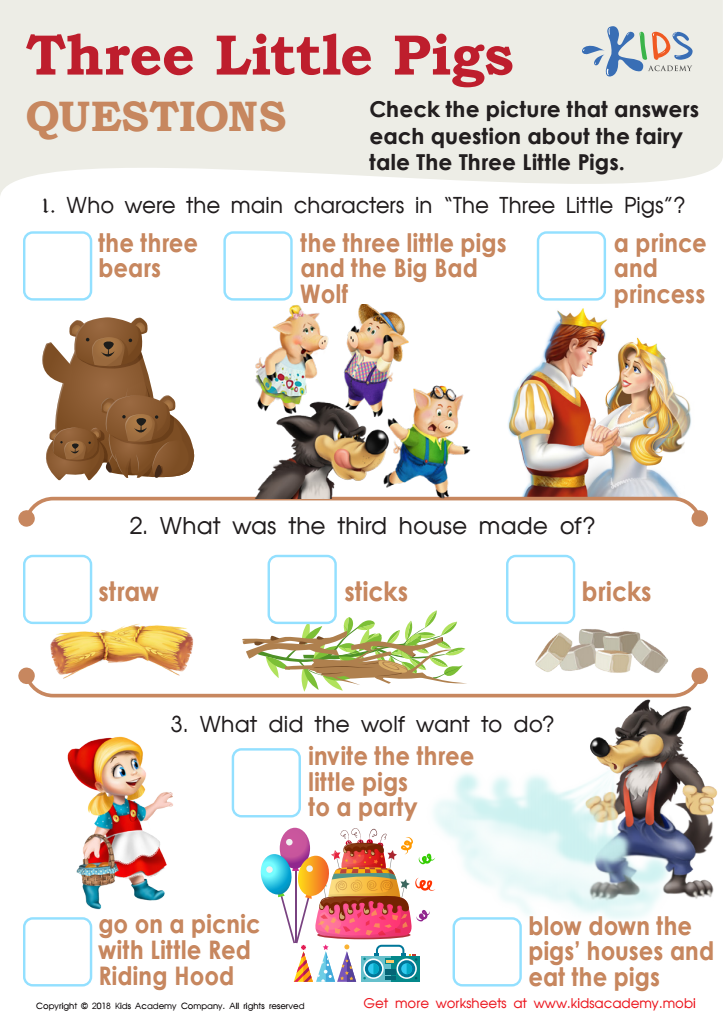

Three Little Pigs Questions Worksheet
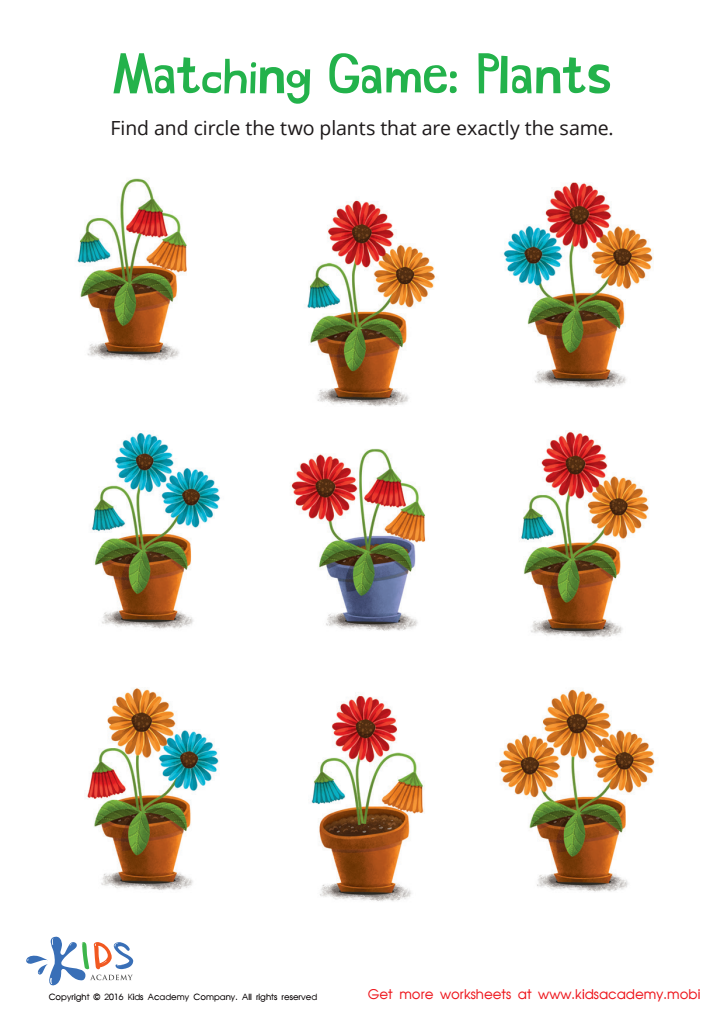

Matching: Plants Worksheet
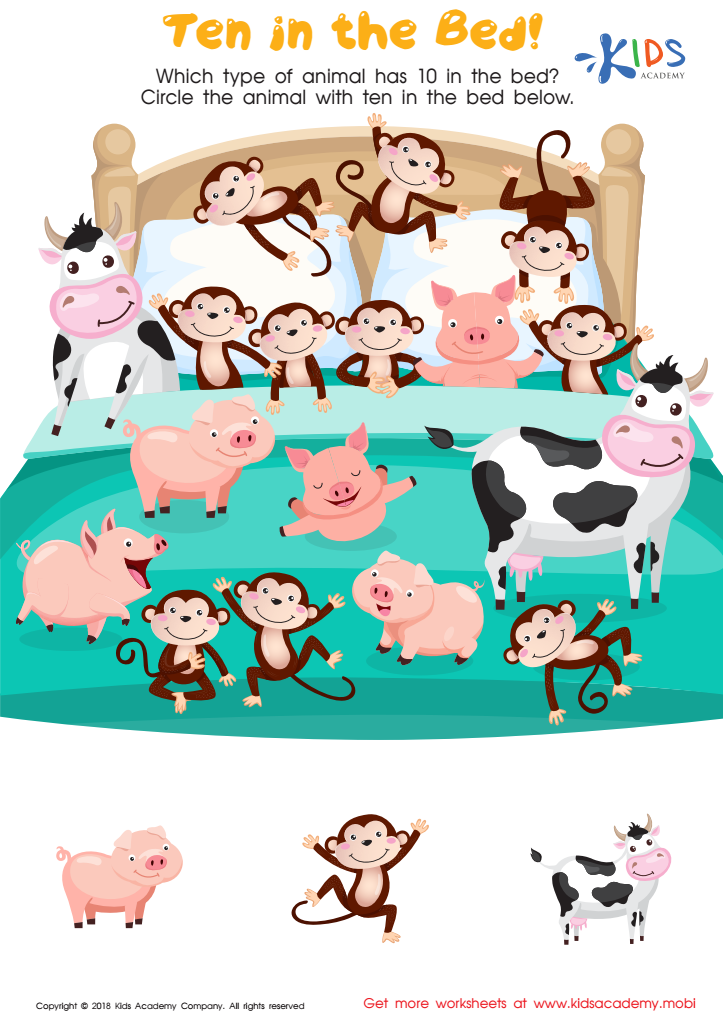

Ten in the Bed Worksheet
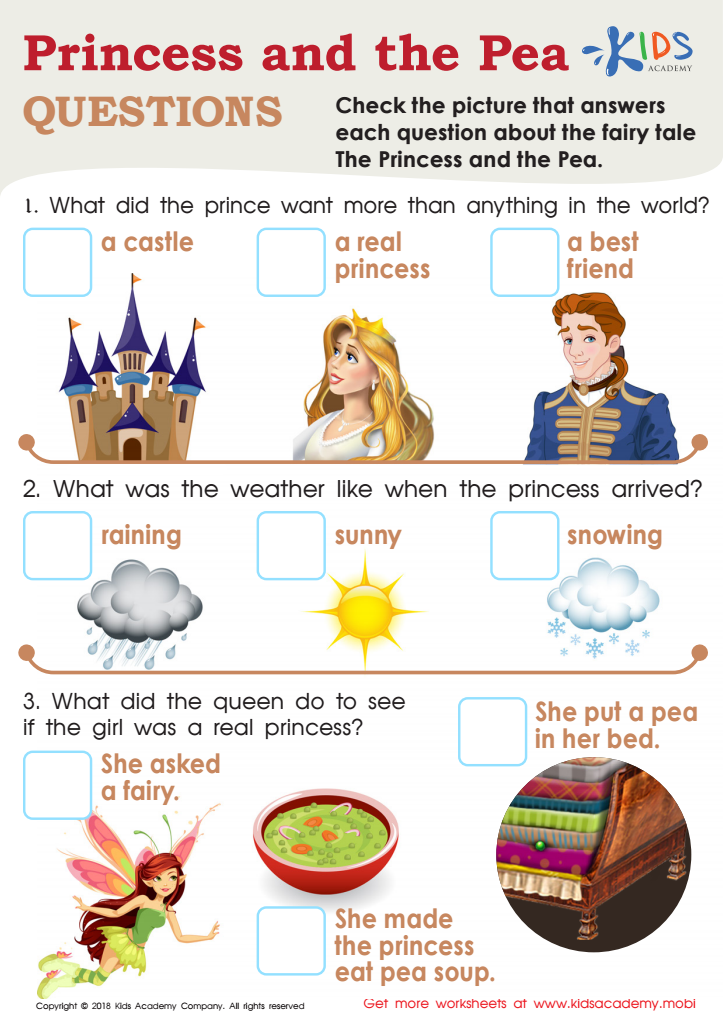

Princess and the Pea Questions Worksheet
Story sequencing is a crucial skill for 5-year-olds, blending cognitive development with language acquisition. This skill helps young children understand the structure of narratives, as they learn to identify and arrange events in the order they occur. Parents and teachers should care about story sequencing for several reasons.
Firstly, it enhances comprehension. When children learn to sequence a story, they grasp the plot and can make predictions about what will happen next. This active engagement boosts their critical thinking and analytic skills. Additionally, sequencing reinforces vocabulary development and storytelling abilities. As children arrange events logically, they naturally use new words in context, enriching their language skills.
Moreover, story sequencing fosters communication. Children learn to articulate their thoughts clearly, sharing their versions of a story with others. This practice boosts their confidence in public speaking and encourages social interactions.
Finally, story sequencing cultivates creativity. As children discuss various sequences, they're prompted to think imaginatively, often inspiring them to create their own stories. By caring about story sequencing, parents and teachers can support holistic development, paving the way for future learning and a lifelong love of reading and storytelling.
 Assign to My Students
Assign to My Students







